What if we ask ‘What is the main objective of your manufacturing business? The answer would probably be getting the products out of your warehouses to the customers inexpensively, quickly and reliably. This is why you are pouring your energy as well as the resources into the production processes. However, in 2025, logistics have started witnessing a massive shift in this particular area as they are experiencing warranty challenges, returns, defective issues, and recycling demands more frequently. If you have not implemented a strategic plan for this, what you will receive is only losses. This strategy is called ‘reverse logistics’ in supply chains. The problem is let alone implementing it, many of the manufacturers do not understand what it actually is.
In this article, we cover everything about what reverse logistics is, its processes and benefits for your manufacturing company.
We will discover
- Definition of Reverse Logistics
- Difference Between Reverse Logistics and Traditional Logistics
- Types of reverse logistics
- Benefits of Reverse Logistics
- Cerexio Manufacturing Execution System for Reverse Logistics Excellence
- Handling Reverse Logistics Systematically for a Higher Reputation
- FAQ about Reverse Logistics
Definition of Reverse Logistics
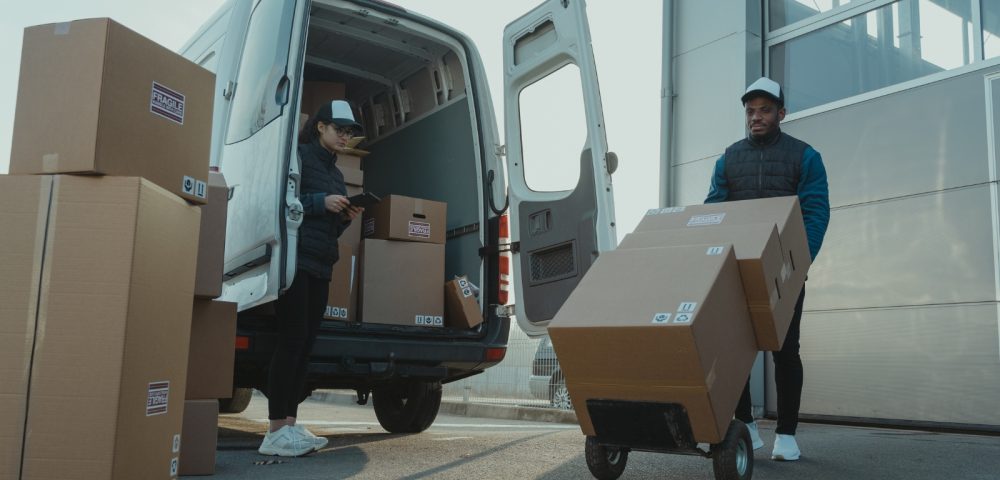
- Reverse logistics is a sort of supply chain management that returns items from customers to vendors or producers. The latter is necessary for procedures like returns and recycling after a client gets a product.
- If we look into it much deeper, we can see that beginning with the final customer and working backwards through the supply chain to the distributor or from the distributor to the manufacturer, reverse logistics work. The term reverse logistics can also refer to procedures like recycling, refurbishing, or reselling when the final disposal of the goods is left to the end user.
- The majority of people’s conceptions of logistics only stick to all company resources devoted to delivering orders to clients. Returns, which are, however, equally important as new sales. Likewise, the necessity of returns management has grown recently as a result of stricter regulations and customers who want a reliable return experience. Reverse logistics, especially when done correctly, lowers business expenses, increases customer happiness, and facilitates returns for customers.
- The goals of reverse logistics are to recuperate value and maintain repeat business. This is why in this fast-moving domain, a number of savvy businesses employ reverse logistics to increase client loyalty and repeat business while minimising return-related losses.
Difference Between Reverse Logistics and Traditional Logistics
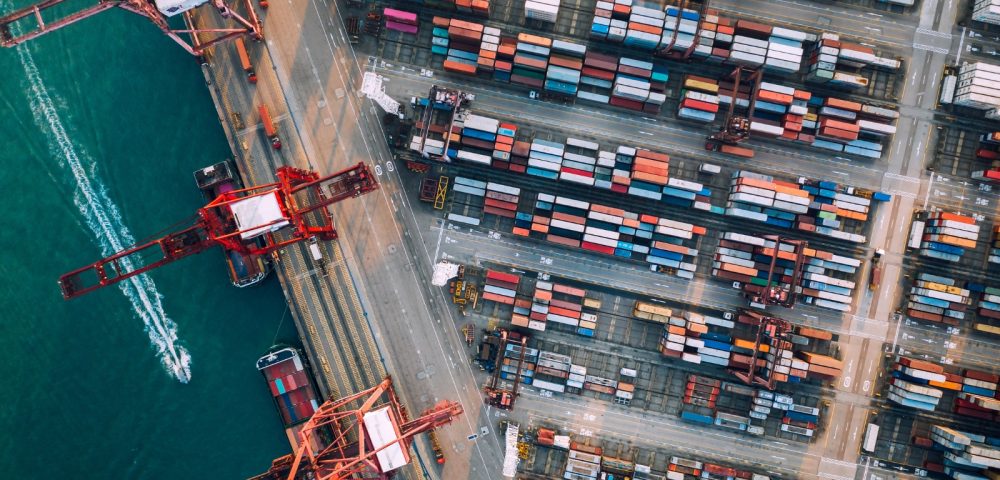
Traditional product flow starts with suppliers and proceeds to a distributor or manufacturer. The products then flow to stores and consumers. When it comes to reverse logistics management, it returns goods to any point in the supply chain by starting at the customer and working in the reverse way.
Effective supply chains can cope with certain reverse logistics needs and are resilient to changes. This reverse procedure might send items back one stage in the supply chain or to the original source. They have the ability to return these goods to conventional sales or discount channels, such as liquidators.
Types of Reverse Logistics
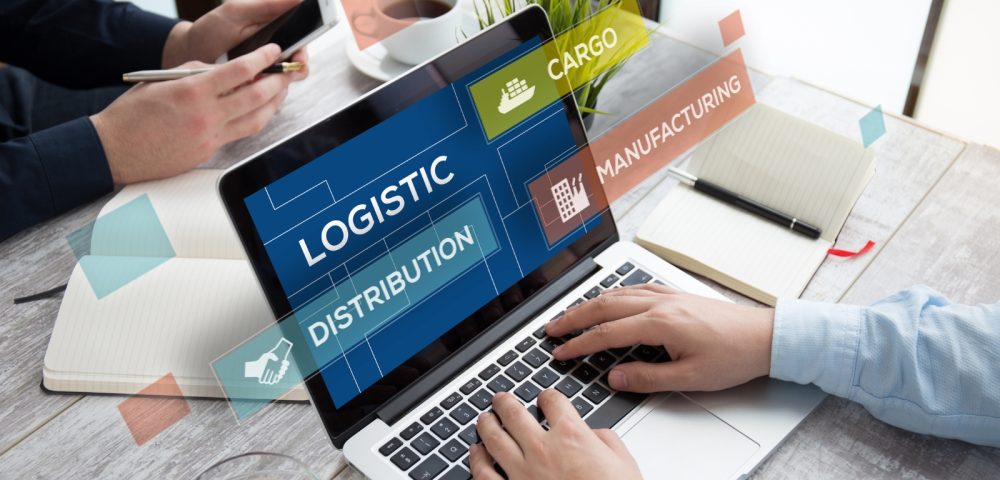
The primary categories of reverse logistics are as follows:
Returns Management
Returns management is the most popular reverse logistics procedure. It handles routine client returns and should be a smooth, effortless experience to increase customer loyalty and brand recognition.
Return Policy and Procedure
This is the policy that a company offers their customers at the beginning point, and when a customer returns their goods, the company is allowed to compare the circumstances against those policies. Since this process needs to be highly transparent, it is always advisable to make these documents accessible to the clients.
Remanufacturing or Refurbishment
Reconditioning returned items saves organisations and merchants money by avoiding profit (or loss) on damaged products and reducing trash.
Packaging Management
Businesses that have packaging management procedures put in place can reuse packaging to cut down on waste and save money on new packaging for returned goods.
Unsold Products
The process of returning unsold products to manufacturers is directly focused on returning things from end users or fulfilment centres. It is frequently the consequence of delivery rejection, low sales, or other issues.
End of Service Life
In order for manufacturers to properly dispose of their products in the environment, some products must be returned at the end of their useful lives.
Delivery Failure
If items cannot be delivered, they are returned to fulfilment centres and may be transported back to the manufacturer; yet, effective organisations can regulate delivery failure by resolving the issue and resending.
Rental Equipment
At the conclusion of a certain period, it is important to send the rented or leased goods to the manufacturer for recycling, disposal, or redeployment.
Benefits of Reverse Logistics
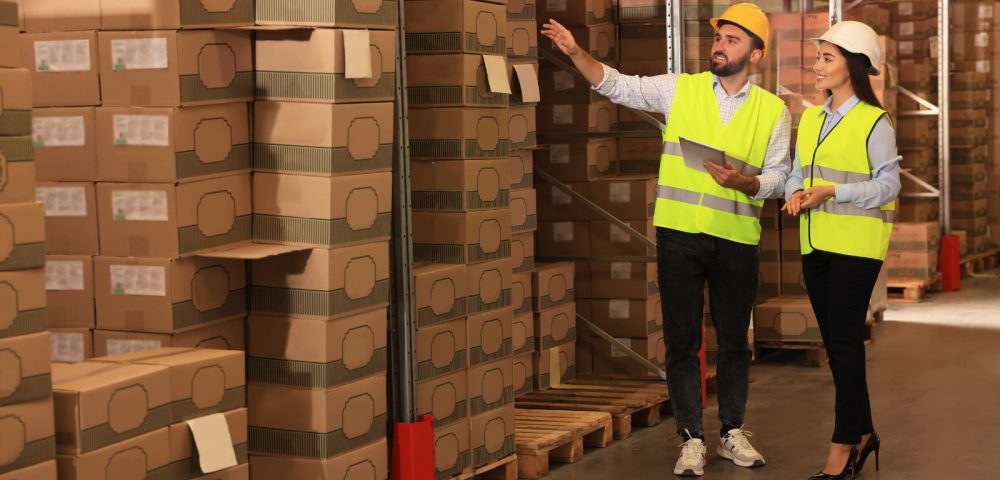
A Higher Level of Client Fulfilment
Unquestionably, one of the most important elements influencing your company’s success is the satisfaction of customers. It is far more expensive and more challenging to draw in new clients than it is to keep your current clientele.
According to industry studies, more than 95% of customers are really inclined to make another purchase from a merchant if their return experience is easy and satisfactory. This is the prime reason that you should think about offering free return shipping and complete refunds to make it easier. It will encourage them to return.
Lower Operational Expenses
A well-functioning reverse logistics system could assist your company in cutting down expenses in a number of ways. You can decrease expenses for quality, disposal, technical support, transportation, and administration by putting the proper procedures in place.
The most economical approach to increasing profitability is to reduce operational expenses and save money by recycling and reselling. If you can maintain efficiency in those activities, then you will also have a significant impact on your profitability.
Competitive Benefits
A business is all about shining through rocks and stones. This is where reverse logistics becomes an expertise that can help you differentiate yourself from the competition. With a robust procedure in place for this, you are not only reducing losses, but you are holding the maximum opportunity tightly to smoothly respond to the contemporary market changes.
On the other hand, you will not need a dedicated staff just to handle returns when you have proper guidelines and procedures in place. This will save unwanted costs as well, and the staff can contribute to much more productive projects.
Enhanced Financial Efficiency
Even while you could be getting returns quite a bit, the majority of the items are probably in good condition and are readily resellable. Therefore, a well-optimised reverse logistics operation can significantly affect your financial results.
Returned items can be promptly received, examined, and fixed before being put back into stock and offered for sale. And keep this in mind: Without the secondary market, you would not have received any money, even from the sale of things at a discount.
Cerexio Manufacturing Execution System for Reverse Logistics Excellence
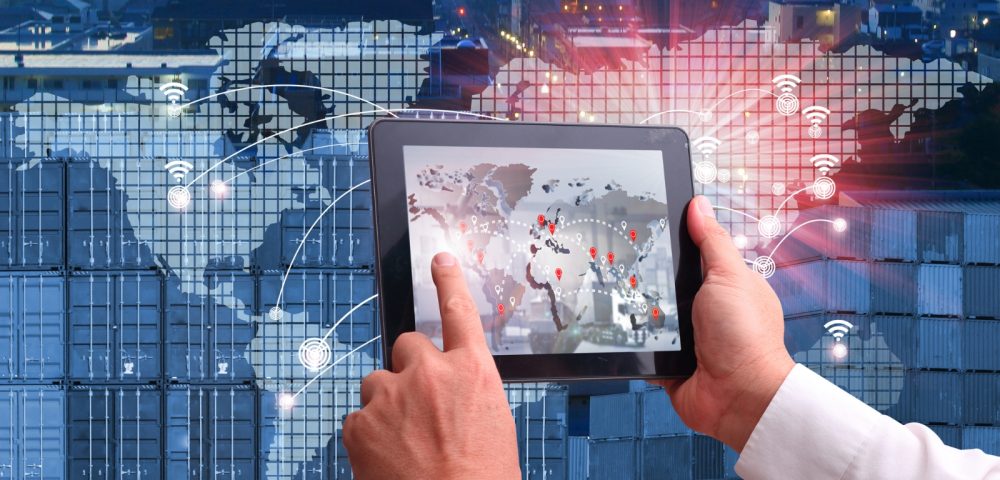
Cerexio offers a cutting-edge MES, powered by Industry 4.0 capabilities for the manufacturing industry that is rich in the ability to handle any load of reverse logistics. Since it comes with technologies like Digital Twin, Predictive Analytics, AI, IoT, etc., it is easy for your staff to handle reverse logistics requirements from A to Z under one virtual platform.
Handling Reverse Logistics Systematically for a Higher Reputation
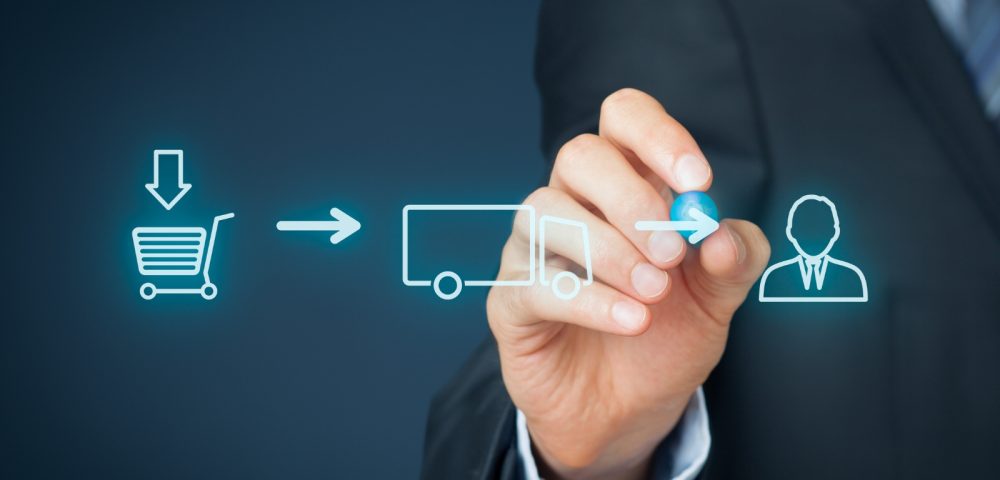
Reverse logistics is a point where you can gain client trust or lose it completely. If the client witnesses transparent and efficient procedures in reverse goods management, they tend to keep collaborating with you. Then, why should you not give a technical grid for this to flourish? The systematic approaches mean a higher reputation!
FAQ about Reverse Logistics
The primary goal of reverse logistics is to take full control of the movement of goods, resources, and materials from the end user to the point of origin within the supply chain in order to prevent losses to the company and significantly reduce the environmental or other negative impact on brand reputation.
If we compare both aspects, it is clearly visible that B2B returns are more complicated than B2C returns. The reason is that in the B2B domain, they handle specialised or customised productions that are also made in massive quantities. This is why the process is going to take time and be complex.
Recovering value from returned goods is one of the main advantages of reverse logistics for firms. Reselling and refurbishing can help businesses reduce the financial losses brought on by returns.
